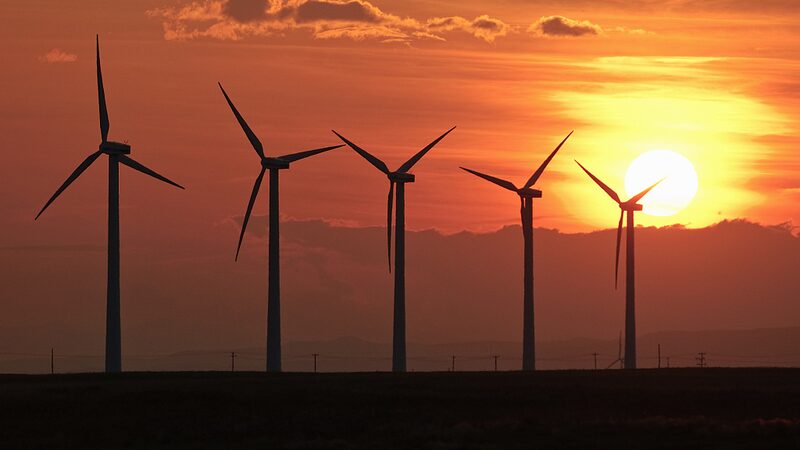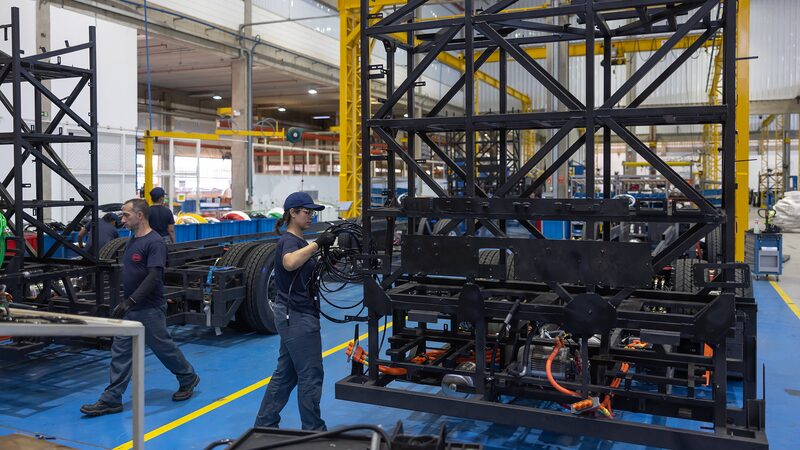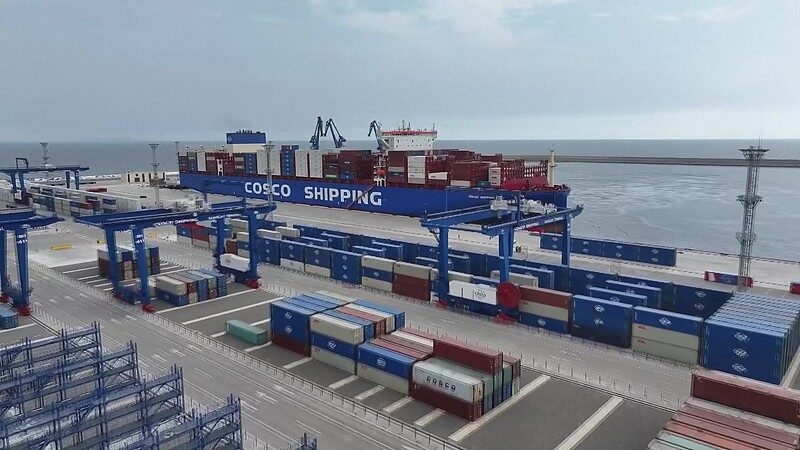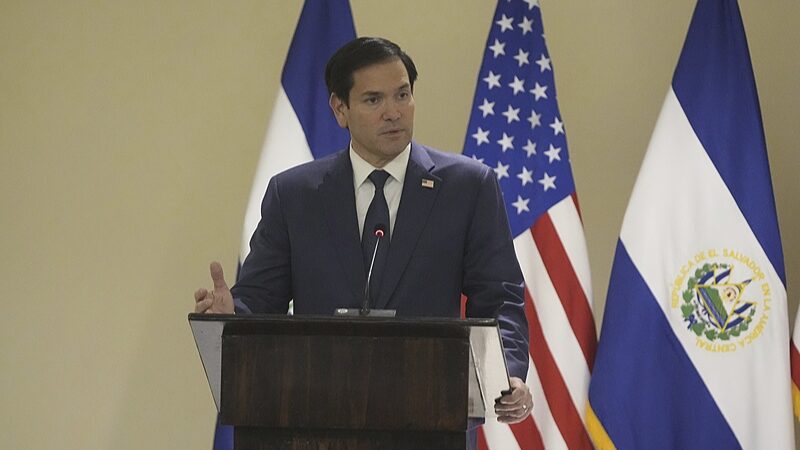The world is at a critical crossroads in the fight against climate change. 🚨 To keep global temperatures from rising beyond 1.5 degrees Celsius above pre-industrial levels, we must accelerate the clean-energy transition — and Latin America is stepping up to the challenge.
Latin American and Caribbean (LAC) countries are among the most vulnerable regions to climate impacts. Last year alone, the region faced a destructive hurricane season, a deadly heat wave, and severe droughts that triggered an acute water crisis in Uruguay and disrupted hydropower production in countries like Ecuador. Moody’s estimates that climate change could cost the region up to 16% of its GDP this century.
But it's not all doom and gloom. LAC countries have vast potential to lead the global renewable-energy transition. According to the International Energy Agency’s first Latin America Energy Outlook, renewables already account for 60% of the region’s electricity — double the global average. With some of the world’s strongest wind and solar resources, there’s plenty of room for growth. Plus, Latin America holds over half of the world’s lithium reserves, a critical mineral for batteries, and is poised to become a leader in green hydrogen production. 🌱🔋
To shift onto a climate-safe path, bold and immediate action is needed. This includes global collaboration, strong political leadership, effective public-private partnerships, and well-designed regulatory frameworks. The region also needs to double its investment in renewable energy by 2030, as per the IEA.
This investment could power the approximately 17 million people currently living without electricity, prevent 30,000 premature deaths through clean cooking solutions, and create one million jobs in clean-energy industries. However, as with any major socio-economic transformation, it’s essential to ensure that the transition is just and inclusive. Women, rural communities, and indigenous people must be prioritized to prevent being left behind. 🤝🌍
Reference(s):
cgtn.com






